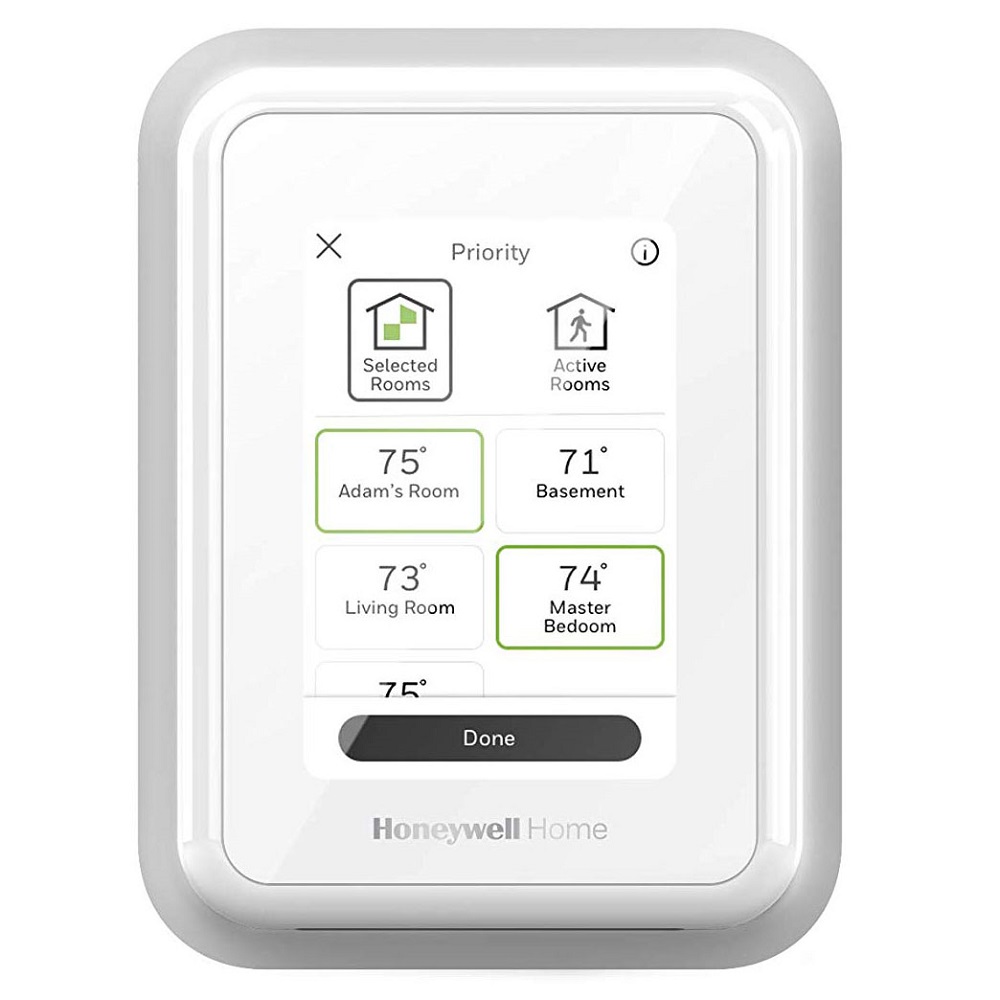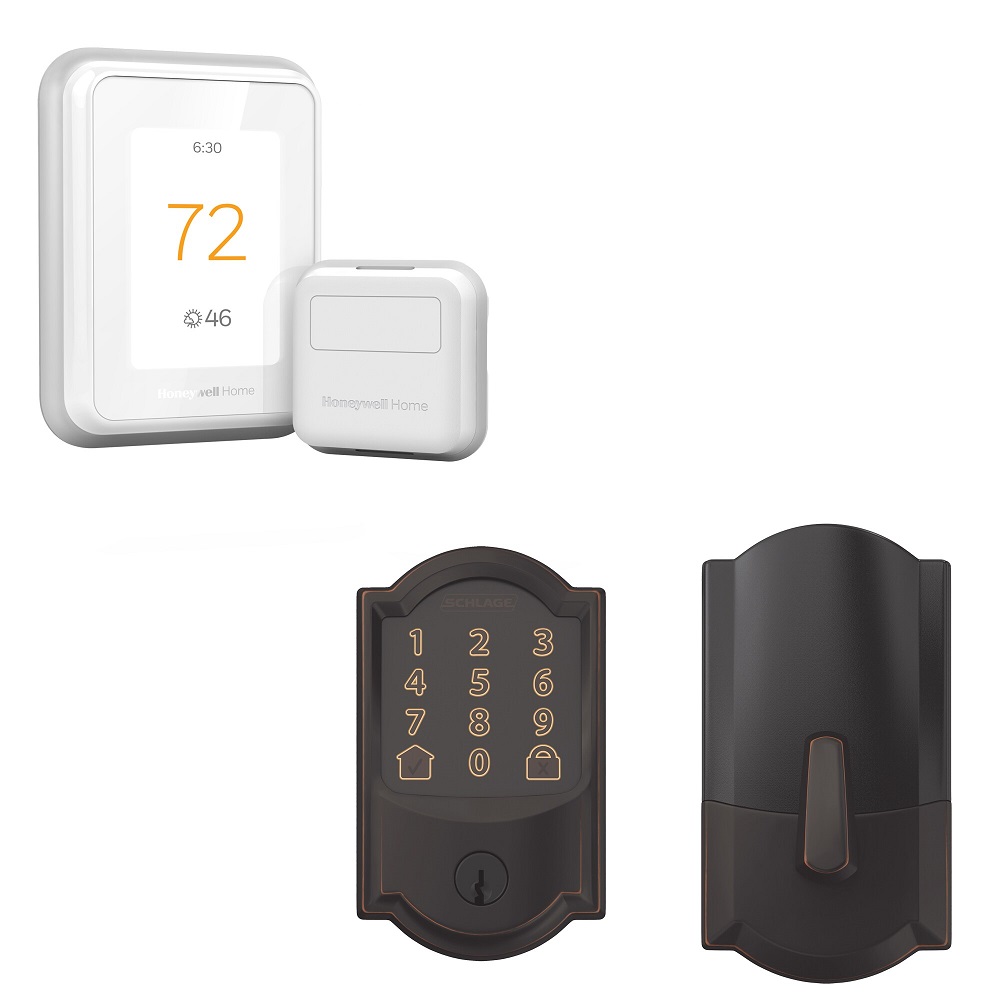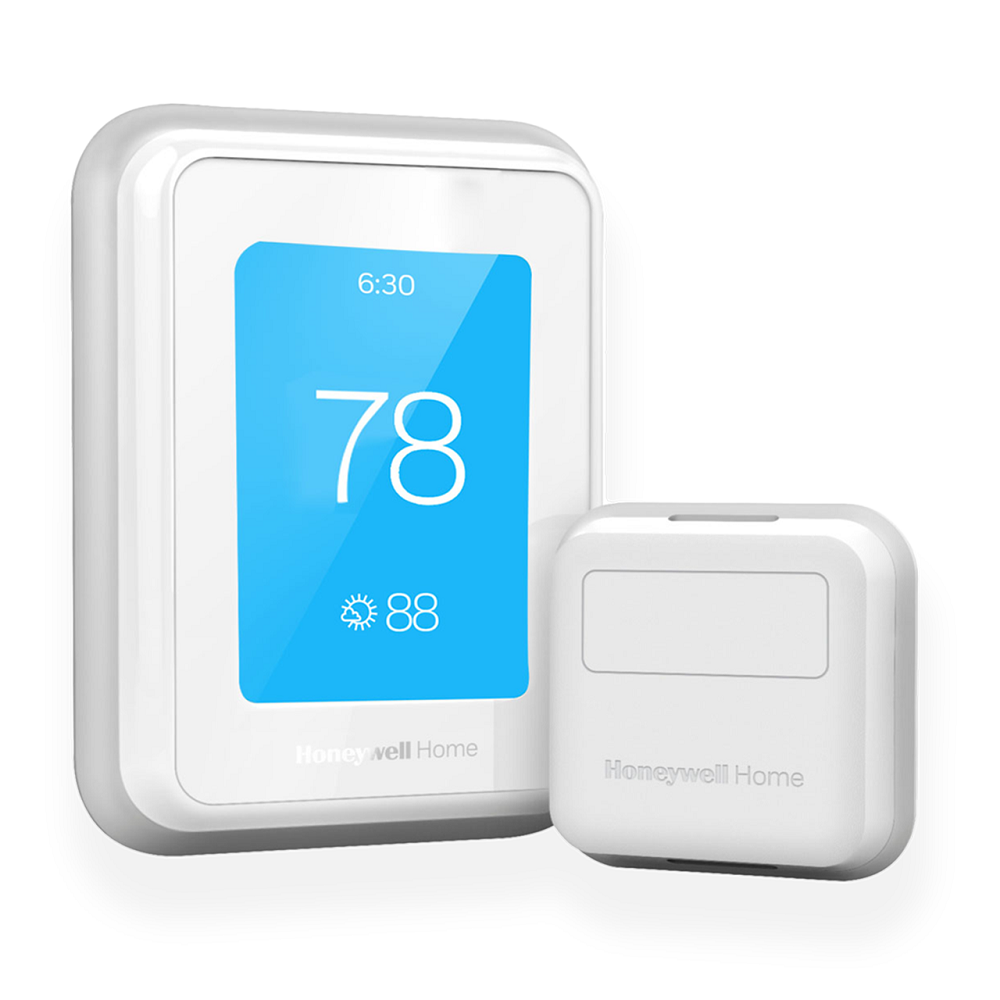As technology continues to evolve, our homes are becoming smarter and more energy-efficient. Among the most beneficial innovations in home automation are smart thermostats equipped with room sensors. These devices are designed to enhance the efficiency of your heating and cooling systems, offering an array of features that traditional thermostats simply cannot match. In this article, we will explore the benefits of using a smart thermostat with room sensors, discussing everything from energy savings to increased comfort.
Enhanced Energy Efficiency
Optimizing Energy Consumption
One of the primary benefits of a smart thermostat with room sensors is enhanced energy efficiency. These devices monitor the temperature in different areas of your home, adjusting the heating and cooling accordingly. Instead of relying on a single sensor located in one spot, smart thermostats utilize multiple sensors to gather data, enabling them to optimize energy consumption effectively.
By learning your habits and preferences, these thermostats can determine when and where to heat or cool different rooms. For example, if you’re in the living room in the evening, the thermostat can prioritize that space while adjusting the temperature in less-used areas. This targeted approach minimizes energy waste and can lead to substantial savings on your utility bills over time.
Variable Scheduling
Smart thermostats equipped with room sensors also allow for variable scheduling. Homeowners can program different temperatures for different rooms at various times throughout the day. For instance, you might prefer a cooler bedroom temperature at night while enjoying a warmer environment in the living areas during the day. With variable scheduling, you have complete control over the comfort levels in your home.
This capability means the heating and cooling system runs more efficiently, avoiding overstimulation during peak hours. By tailoring the settings to suit your daily routine, you are less likely to waste energy heating or cooling empty rooms, further enhancing overall energy efficiency.

Increased Comfort and Convenience
Personalized Comfort Levels
Another significant advantage of smart thermostats with room sensors is personalized comfort levels. Everyone has different preferences when it comes to temperature, and using sensors allows for customization in every room. If someone in your household prefers a cooler room for sleeping while others like warmth in the living area, the sensors can accommodate those preferences.
The thermostat learns from sensor readings throughout your home and makes automatic adjustments as needed. This ensures that the rooms where you spend the most time remain comfortable without compromising the temperature in areas that are less frequently occupied.
Remote Control and Monitoring
The convenience of remote control and monitoring through smartphone apps adds another layer of comfort. Many smart thermostats allow you to control the temperature from anywhere. If you are away from home, you can easily adjust the settings to ensure that your home is at your desired temperature when you return.
In addition to manual control, these apps often offer insights into your heating and cooling patterns. You can quickly see which rooms may need adjustments or track your energy consumption trends over time. This accessibility enhances your overall experience, allowing you to maintain comfort with minimal effort.
Improved Air Quality
Advanced Monitoring Capabilities
Smart thermostats with room sensors can also contribute to improved indoor air quality. Many of these devices are equipped with advanced monitoring capabilities that track humidity levels, temperature fluctuations, and even the presence of airborne pollutants. By keeping a close eye on these factors, the thermostat can make necessary adjustments to maintain a healthy living environment.
For instance, if humidity levels rise in a particular room, the thermostat can activate a dehumidifier or adjust the HVAC system to reduce moisture. This not only creates a more comfortable atmosphere but also helps reduce the risk of mold growth and other air quality issues.
Optimal Ventilation
The integration of room sensors with smart thermostats also enables optimal ventilation in your home. Based on the readings from each sensor, the system can balance airflow throughout different rooms. Proper ventilation is crucial for maintaining air quality, especially in homes with multiple occupants or areas prone to stale air.
By actively managing airflow, smart thermostats ensure that all rooms receive adequate ventilation, making your home healthier and more pleasant. This capability can be especially beneficial for households with children, elderly individuals, or anyone sensitive to air quality.

Cost Savings on Utility Bills
Short-Term Savings
One of the most appealing benefits of installing a smart thermostat with room sensors is the potential for cost savings on utility bills. By optimizing energy usage, these devices can significantly decrease heating and cooling costs. Households can see an immediate effect, especially in regions with extreme temperatures.
Smart thermostats learn usage patterns and can adjust settings automatically, ensuring that the HVAC system is not running more than necessary. When coupled with energy-efficient practices, homeowners may see substantial reductions in their monthly bills, making smart thermostats an appealing investment.
Long-Term Financial Benefits
In addition to immediate savings, smart thermostats often lead to long-term financial benefits. Some energy providers even offer rebates or incentives for customers who install energy-efficient devices. Furthermore, the enhancements in home efficiency can increase property value, making smart thermostats a worthwhile investment for homeowners looking to improve their property.
By adopting smart technology and energy-efficient practices, many households can pay back the initial investment in a relatively short period, ultimately leading to significant long-term savings.
Integration with Smart Home Ecosystems
Seamless Connectivity
Smart thermostats with room sensors often integrate seamlessly with other smart home devices. This connectivity allows for enhanced control over your entire home environment. By connecting with smart speakers, lighting systems, and security devices, you can create a cohesive smart home ecosystem.
For example, your thermostat can interact with smart speakers like Amazon Alexa or Google Assistant, allowing you to adjust the temperature with simple voice commands. This remote functionality enhances convenience and offers a modern lifestyle where control is at your fingertips.
Automation Scenarios
Integration with other smart devices opens the door for automation scenarios that enhance everyday living. For instance, you can set your thermostat to adjust automatically when you leave or arrive home. When the door opens, the thermostat can respond accordingly, creating a comfortable environment based on your preferences.
Homeowners can also create specific routines based on time or events. For example, every morning, the thermostat can raise the temperature in the kitchen while lowering it in sleeping areas. This level of automation simplifies your daily routine and ensures optimal comfort at all times.
User-Friendly Features
Simple Setup and Installation
Modern smart thermostats are designed with user-friendliness in mind. Many models offer straightforward installation processes that allow homeowners to set up the thermostat without professional help. Detailed instructions usually accompany the product, guiding users through each step.
Once the hardware is installed, connecting the thermostat to your Wi-Fi network and downloading the corresponding app is typically a hassle-free process. The user-friendly interface allows for easy navigation and ensures you can access all features without a steep learning curve.
Intuitive Interfaces
Smart thermostats with room sensors often boast intuitive interfaces that make managing temperature settings easy. Users can quickly view and adjust settings with just a few taps on their smartphones. The apps show real-time data about temperature and energy consumption, allowing for informed decisions on comfort and efficiency.
Many devices also offer alerts and reminders, such as when it’s time to change air filters or perform maintenance on the HVAC system. This proactive approach to home management allows you to stay ahead of potential issues, ensuring your HVAC system operates smoothly and efficiently.

The Future of Home Heating and Cooling
In conclusion, a smart thermostat with room sensors can significantly enhance your home environment. From energy efficiency and cost savings to improved air quality and user-friendly features, these devices provide numerous benefits that elevate your living experience.
Investing in such technology not only saves money but also contributes to a more sustainable lifestyle. As smart homes become increasingly popular, integrating a smart thermostat with room sensors can serve as a foundation for future advancements in home automation.
By choosing the right smart thermostat with room sensors, you embrace comfort, convenience, and control over your home environment. As you consider upgrading your HVAC system, remember the advantages outlined in this guide. Choosing smart technology now can lead to a more comfortable, efficient, and harmonious home in the future.